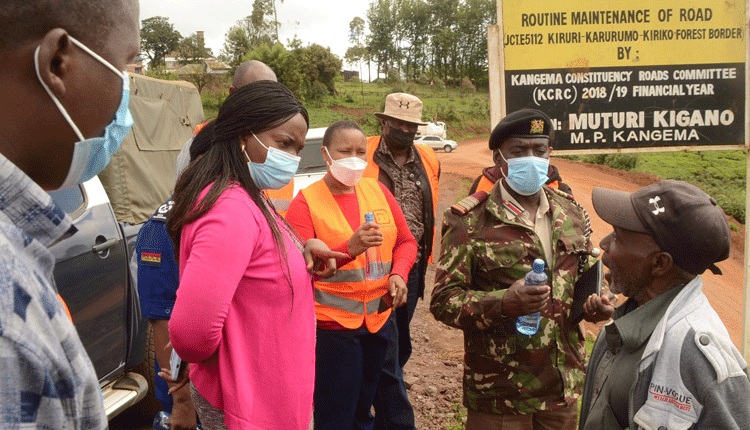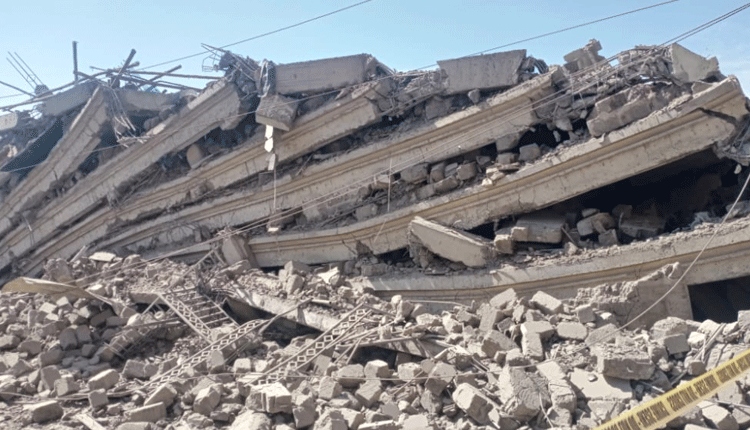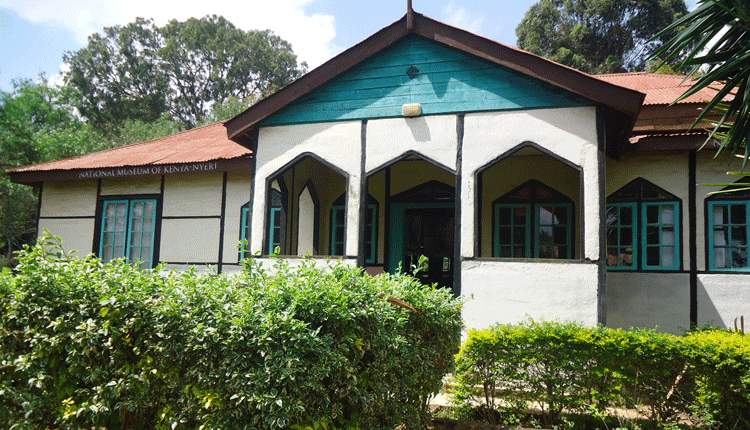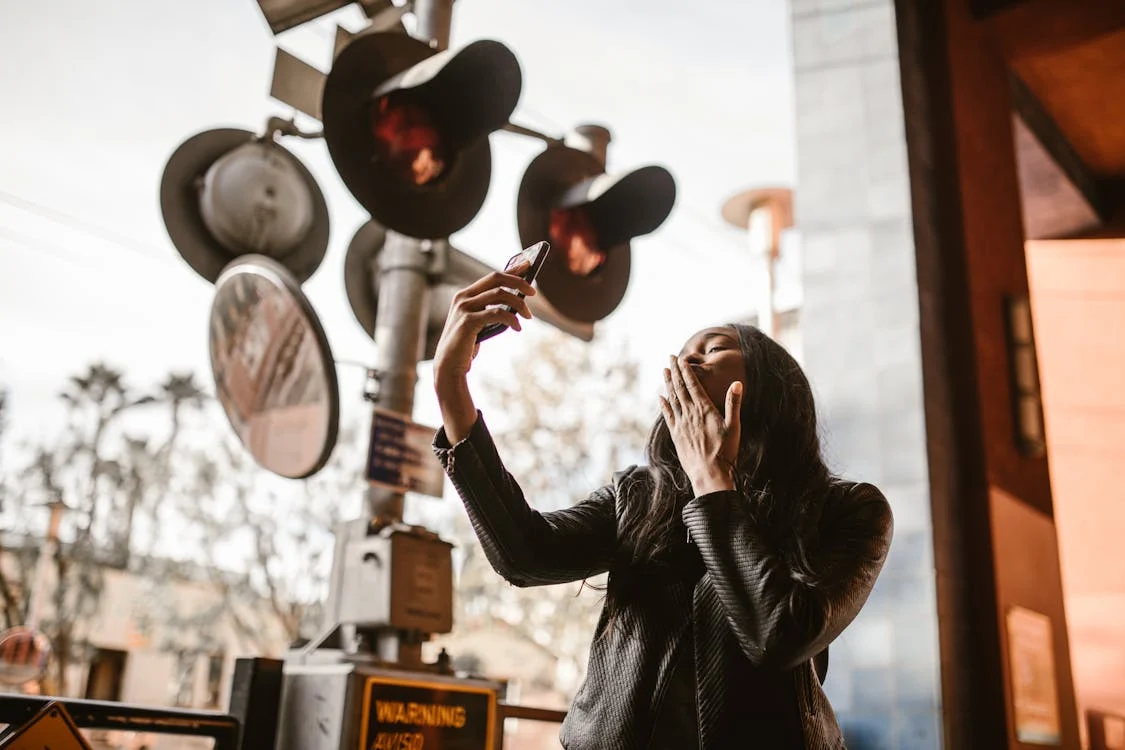Mombasa Old Town heritage status threatened by highrise buildings
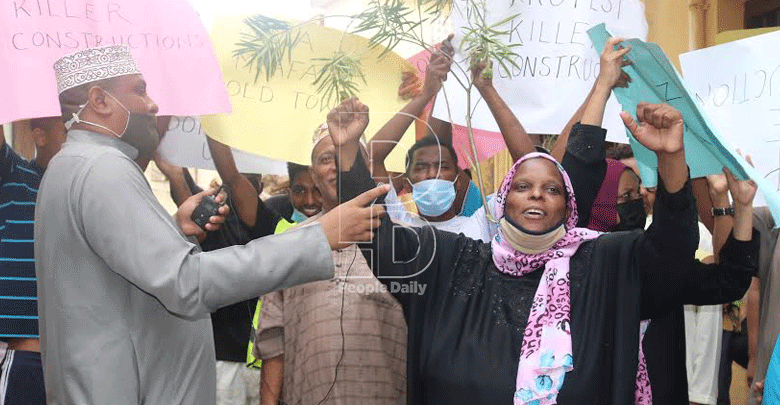
There has never been a dull moment for any foreign tourist who chooses to venture out into the rich multicultural Old Town of Mombasa.
The 180 acres of land with its tapered streets and ancient architecture provide a reflection of the mixed cultures of the Arab, Portuguese, Asian and British inhabitants who reside in Mombasa.
Fort Jesus is perhaps the most popular attraction in Old Town. Constructed by the Portuguese between 1593 and 1596 and designed by an Italian architect, Cairati, Fort Jesus is a United Nations Educational, Scientific and Cultural Organisation (Unesco) World Heritage Site.
The majority of the current residents of the Old Town are of Asian, Arab and European origin, and the architectural style of the buildings in the area reflects these cultures.
However, in recent days, this allure, which is also a tourist hub is diminishing, thanks to emerging multi-million property investments that are not only damaging the heritage status, but also threatening the lives of inhabitants of the ancient buildings.
The area that used to attract tourists due to its rich Swahili culture is now losing its grip.
Many of the tourists are now opting to walk to Fort Jesus where the rich history is deeply embedded at the historical monument.
“Many tourists no longer pass through this route, we used to get a lot of white people passing by the Old town villages to purchase ornaments from Curio shops, and also sample some of the Swahili delicacies, but the numbers have drastically gone down in recent times,” said Omar Kassim a curio shop dealer at Old Town.
This was evident last week when a three-storey building, built hundreds of years ago collapsed.
The weakening of its foundation was orchestrated by a close to 80 feet deep excavation dug by a local developer who is in the process of erecting a multi-million property adjacent to the ancient buildings.
The owner of the three-storey building, which collapsed is said to have made an agreement with the developer to have his house renovated after it developed cracks when the excavation started.
But before the agreement was actualised, the walls of his house were already weakened as digging by excavators continued.
According to Ahmed Joilani, a brother to the house owner, the agreement was supposed to allow them to vacate the building to pave way for renovation, but unfortunately, it collapsed even before renovation work began.
“The house collapsed fortunately, when all its 20 occupants had vacated to a safer place.
About Sh300,000 worth of losses were incurred because we still had household items in the building,” said Joilani.
Residents living in other eight houses around the construction are living in fear as their mud houses have begun cracking.
The houses have started leaning towards the gravitational pull due to the construction activities happening nearby.
Omar Abdalla Omar, another resident of Old town casts blame on the National Museums of Kenya and National Construction Authority for authorising construction of modern houses despite the town being declared a Unesco heritage area.
“I was born here many years ago and we have lived well until the new buildings started cropping up and weakening our buildings, which are made of mud.
The new developments are damaging our drainage systems forcing us to live under unhygienic conditions,” he says.
Another resident Khadija Kassim decries the encroachment of children playing grounds and inroads leading to the ancient villages being blocked to pave way for modern structures.
Boma also established that many of the Old Town’s Swahili architectural structures have been converted into souvenir shops and artisan stores where visitors can purchase silver jewellery and perfumes.
An NCA official who visited the site called on the developer and the affected residents to privately agree on a compensation plan.
“Since NCA had already issued a notice to stop the construction and allow the evacuation of the adjacent houses, we allow you to sit down privately and agree on how you will compensate each other,” said the NCA official who declined to be quoted because he is not authorised to speak to the press. “The decision you make will inform our decision,” he added.
NCA suspension report dated November 11, 2020, addressed to Anjuman Burhani/Dawat E-Hadya Apartment developers constructing a proposed Mufaddal Park through site contractor, Fairdeal department and infrastructure limited, indicated that the authority suspended the ongoing construction work citing deep excavation that has affected adjacent houses.
“In exercise of powers granted under section 23(2) of the NCA No 41 of 2011and following an inspection carried out at the premises, the site has been found Non-Compliant and the works hereby suspended, Take note you will be required to comply within 14 days,” read the report also copied to the Mombasa county government.
NCA stated that the contractor lacked proper safety signs on-site, personal protective equipment and also established that their deep excavations compromised the structural integrity of adjacent houses,” added the notice.
Mombasa county chief building inspector Abbas Hassan had on November 5, 2020, issued a notice to plot no xxx11189 in Old Town for the residents to vacate citing the unsafe condition of the houses they inhabited.
“It has come to our attention that you are the legal owners of the building, this office has noted that the structural integrity and general conditions are unsafe for occupying and immediate actions should be taken,” read a letter signed by Hassan.
